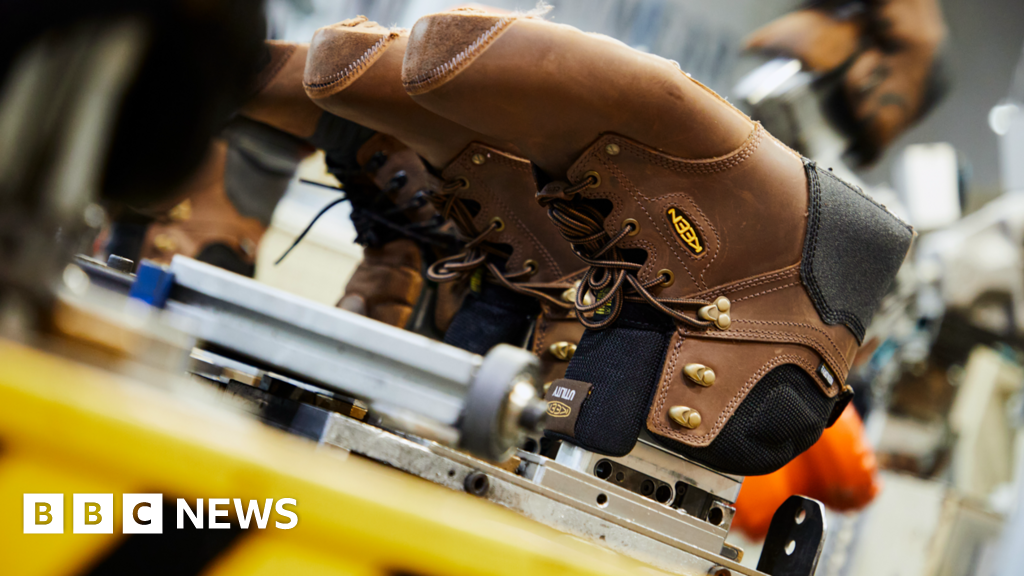In a significant move for the American manufacturing landscape, Keen, a family-operated footwear brand, is launching a new factory in Kentucky this month. This initiative aligns with the "America First" economic policy promoted by the previous Trump administration, embodying aspirations for a manufacturing revival that has, until now, been elusive.
However, the establishment of this factory reveals a more intricate narrative about the current state of manufacturing in the United States. With only 24 employees, Keen's facility heavily relies on automation, employing advanced robotics to assemble shoes by fusing soles and trimming materials. This shift underscores a broader transformation in production methodologies.
Keen's Chief Operating Officer, Hari Perumal, acknowledges the high labor costs in the U.S., which are approximately 10 to 12 times greater than those in Asian manufacturing hubs. This reality prompted Keen to alter its production strategy in 2010, shifting towards domestic manufacturing in response to rising costs in China. This decision has allowed the company to navigate the tariffs imposed during Trump's administration more effectively, although it presents its own set of challenges.
Despite Keen's efforts, the majority of shoe production remains concentrated in Asia, where manual labor is still predominant. Currently, Keen assembles only about 9% of its footwear in the U.S. The complexity and expense involved in scaling up domestic shoe production reflect the broader struggle of many brands, including Nike and Adidas, which attempted to innovate manufacturing technologies in the U.S. a decade ago but ultimately faced setbacks.
Historically, American manufacturing flourished after World War II, with countless factories producing shoes, automobiles, and appliances, thus fostering a robust middle class. However, the globalization wave of the late 20th century led many industries to relocate operations overseas in search of cheaper labor and more lenient regulations, significantly depleting the industrial heartland of the U.S.
Today, around 99% of shoes sold in the U.S. are imported, primarily from countries like China, Vietnam, and Indonesia. The domestic footwear supply chain is almost non-existent, with only 1% of shoes made within the country. This reality is echoed by Pepper Harward, CEO of Oka Brands, a rare U.S. shoe manufacturer that produces for brands like New Balance. He emphasizes the ongoing difficulties in sourcing affordable materials domestically, noting that the ecosystem for manufacturing shoes in the U.S. is far from self-sustaining.
For brands like Keen and Oka, domestic shoe production demands substantial investment and innovation. While there is a growing interest in local manufacturing spurred by tariffs and pandemic-induced supply chain disruptions, Harward remains skeptical that tariffs alone will lead to a widespread return of production. He estimates that it could take a decade of sustained high tariffs to create genuine incentives for companies to reshore.
Nonetheless, Keen's long-term plans are finally materializing, illustrating the kind of strategic investment that only a family business can afford. "We are a private, values-led company," Perumal states, highlighting their ability to make decisions without the pressure of quarterly performance.
Ultimately, Keen's new factory does not signify a return to traditional manufacturing practices but rather serves as a glimpse into the future of American production—a landscape where technological innovation and craftsmanship converge.








Comments (0)
Leave a Comment
Be the first to comment on this article!